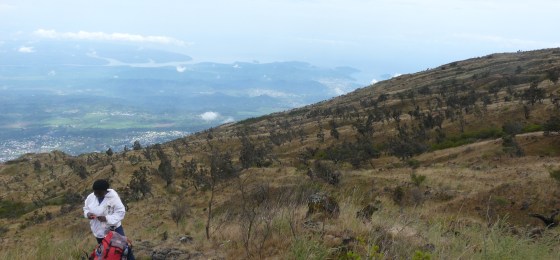
Trees and Climate Change: factors that influence species vulnerability
Climate change is widely recognised as a significant threat to biodiversity and ecosystem services. The direct and indirect effects of increased temperature, changing rainfall patterns and rising sea levels are expected to significantly increase extinction rates for a wide range of taxa, although the vulnerability of individual species will vary depending on the level of exposure to climate change, their sensitivity to that change and their ability to adapt to that change.
Identifying exactly which species, or groups of species, are most vulnerable to climate change represents an important first step towards developing climate adaptation plans for biodiversity and for the people who depend upon it.
Trees represent one group of species that merit special attention for climate change adaptation planning. Already a highly threatened group (over 17,500 species are threatened with extinction), trees have a series of traits that make them particularly susceptible to climate change. In addition, many tree species underpin an array of ecosystem services vital to the wider adaptive capacity of natural systems. Despite the apparent vulnerability and importance of this group, no frameworks exist to support practitioners to identify which tree species are most vulnerable to climate change.
Through support from British American Tobacco, Fauna & Flora International (FFI) worked to address the need for climate adaptation planning across a sample of its project sites, with the long-term purpose of building resilience of natural systems to climate change. This briefing was developed in order to contribute to this planning process.
Specifically, this briefing has three aims:
(1) To evaluate the factors that influence the vulnerability of tree species to climate change;
(2) To help practitioners identify which tree species are most vulnerable to climate change;
(3) To provide a basis for designing adaptation options.